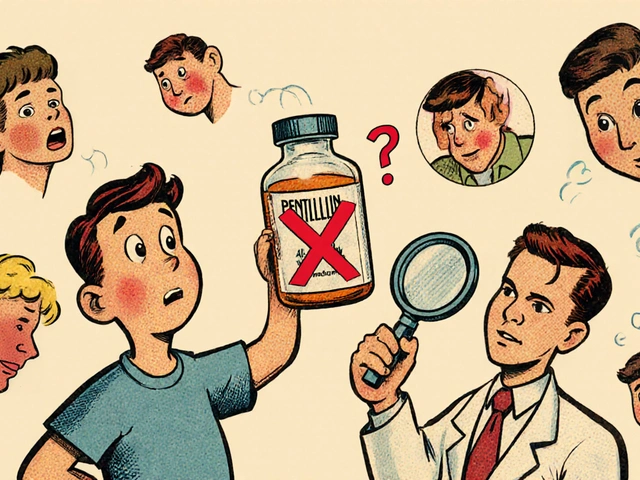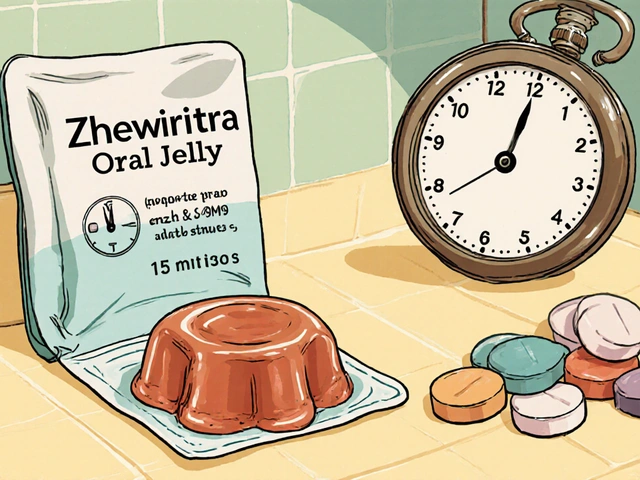Type 2 Diabetes: What You Need to Know
Type 2 diabetes is a condition where your body struggles to keep blood sugar in a healthy range. It isn’t just an older‑person disease; more young adults are being diagnosed because of diet, weight, and genetics. Knowing the basics can help you catch it early and act fast.
Recognizing the Signs
Most people think the only clue is a high blood‑sugar test, but everyday signs are often enough to raise a flag. Look out for frequent thirst, extra trips to the bathroom, unexplained weight loss, and constant fatigue. If you notice blurred vision or slow‑healing cuts, those are also red lights. These symptoms happen because excess sugar pulls water from cells and damages tiny blood vessels.
Testing is simple. A fasting glucose check or an A1C test (which shows average sugar over three months) can confirm the diagnosis. If you’re at risk—family history, overweight, or a sedentary lifestyle—ask your doctor for a screening. Early detection means easier management.
Managing Blood Sugar Everyday
The goal is to keep sugar levels steady, not to chase perfection. Start with food: choose whole grains, lean proteins, and plenty of non‑starchy veggies. Portion control matters more than cutting carbs completely. A handy trick is to fill half your plate with veggies, a quarter with protein, and the remaining quarter with carbs.
Movement is another cornerstone. Even a brisk 30‑minute walk, five days a week, improves insulin sensitivity. If you’re short on time, try short bursts—10 minutes of stair climbing or a quick bike ride. Consistency beats intensity for most people.
Medication may be needed if lifestyle changes aren’t enough. Common first‑line drugs like metformin help lower sugar production in the liver. Newer classes, such as GLP‑1 agonists, also aid weight loss. Your doctor will pick what fits your health profile, and you should never adjust doses without talking to them.
Monitoring your numbers keeps you in charge. Home glucose meters give immediate feedback. Record readings, meals, and activity to spot patterns. If you use a continuous glucose monitor (CGM), you’ll see trends that help fine‑tune your plan.
Stress and sleep matter, too. High stress raises cortisol, which spikes blood sugar. Simple stress‑busting habits—deep breathing, short walks, or a hobby—can make a difference. Aim for 7‑9 hours of sleep; poor rest disrupts the hormones that regulate glucose.
Finally, stay connected. Support groups, either online or in person, provide motivation and practical tips. Your doctor, dietitian, and pharmacist are teammates—use them. Regular check‑ups, eye exams, and foot checks catch complications early, keeping you healthier longer.
Living with type 2 diabetes isn’t a life sentence. By watching for symptoms, eating smart, moving often, and partnering with healthcare pros, you can keep sugar in check and enjoy a full, active life.





